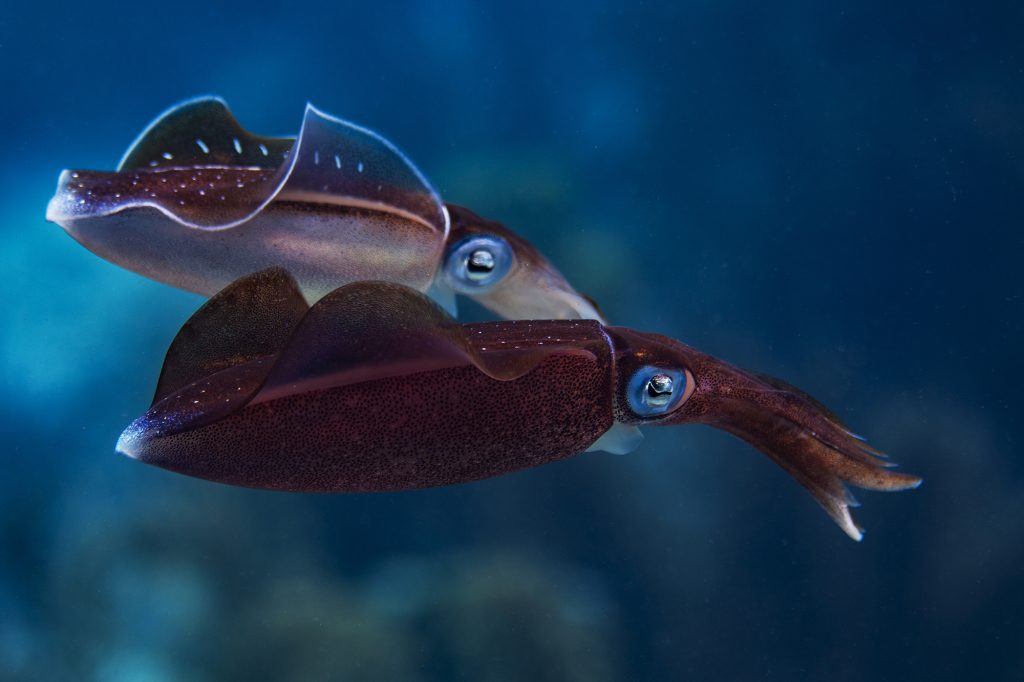
When you enter the underwater world your senses are bombarded with the beauty beneath the waves. Underwater photography has become very popular with many people now, with so many options available people are finding it easier to capture photos and videos of the magical world underwater.
But, before you worry about the camera you want to use, the first thing you have to do is take the Open Water Scuba course. Many different agencies around the world offer this course, which will help you begin your underwater adventure. All you need to do is find your local dive shop to get started.
After you have completed your entry-level course, you need to get comfortable diving. It is recommended that you don’t start underwater photography until you have at least 100 dives done. The reason is to make sure you have good control of yourself underwater and can handle all tasks without thinking. For example, controlling your buoyancy. When you are concentrating on taking those amazing photos you shouldn’t be bouncing off a reef.
Once you have become a confident diver then you are ready to start photographing your underwater adventures.
There are many different options for underwater photography. You may not even need to buy a new camera to do this. Basically, all underwater cameras are a camera put into an underwater housing, something that seals itself and keeps the water out.
If you have a digital camera already you may be able to purchase an underwater housing for it. There are several makers of underwater housings that have models available for many point-and-shoot and DSLR cameras. Ikelite, Aquatica, Sea and Sea, and Fantasea are a few of the popular companies that make housings for many different models of digital cameras.
Many people also purchase GoPro cameras or SeaLife Cameras to pursue underwater photography, the GoPros need certain accessories available from your supplier to take them underwater.
A source of light is a definite need for underwater photography. Once you go under the waves, colors start to quickly disappear. Red is the first to go as you descend. Some people will use strobes, others use video lights for photography to bring back those rich colors we desire in our photos though some sea creatures are sensitive to light and shy away from continuous light sources. The continuous light from the video lights allows the photographer to set the exposure for the situation that he sees. If you use a camera in automatic mode, the camera will see the light and automatically adjust for the situation.
Strobes are about 5 times brighter than using a video light, allowing the photographer to be able to use a smaller aperture for more depth of field in the photo. The color temperature of a strobe is around 5500 kelvin which is ideal for photography. Batteries in the strobe also have a longer life cycle, you can dive several dives using one set of rechargeable batteries. However, with strobes, you need to understand flash photography which is difficult for many people when they first enter the photography world. Another shortfall of the strobe system is that an optic cable is needed for a connection from the camera to the flash.
Underwater photographers also use colored filters when using a camera underwater, instead of a portable light source. The filter will put some color back in where the color had disappeared. Many systems now have a filter holder that can attach to the housing and there are different colors available. Start with a red filter as it is the first color to disappear when you descend. As you get deeper, you may need to switch to an orange filter.
One of the things most dive shops will offer is an underwater photographer/videographer course which will help you learn the basics before going into the underwater world. But, one of the best tips is to learn about photography or videography before taking the plunge, it will make your underwater experience more successful.